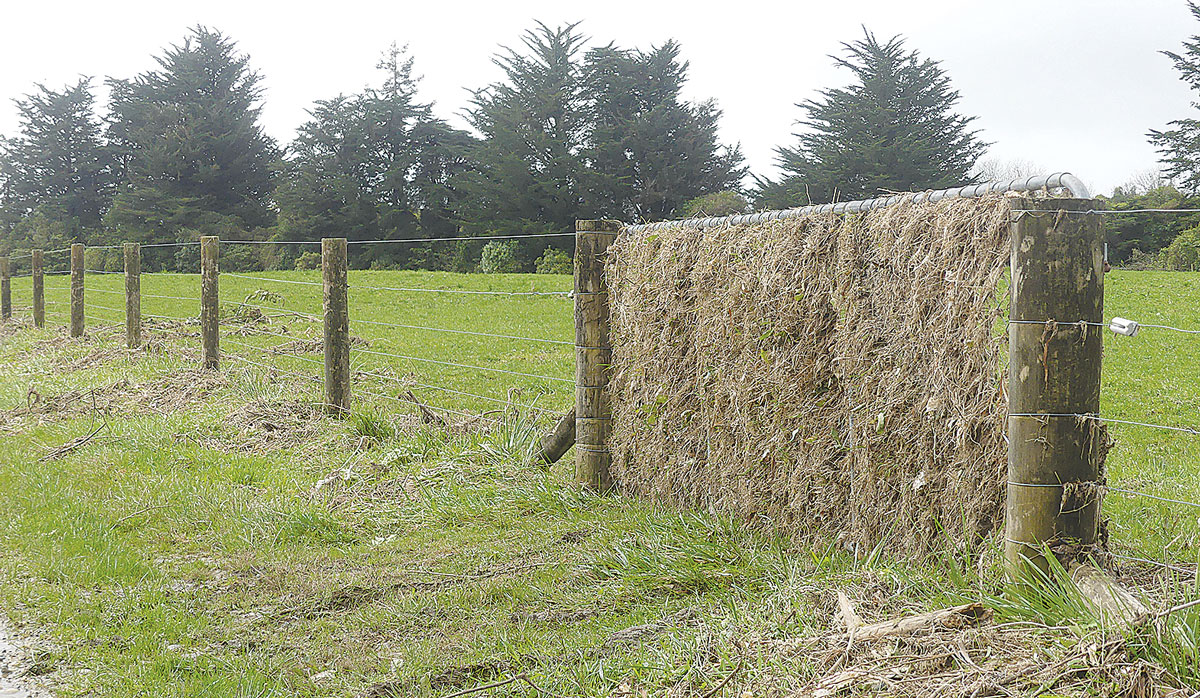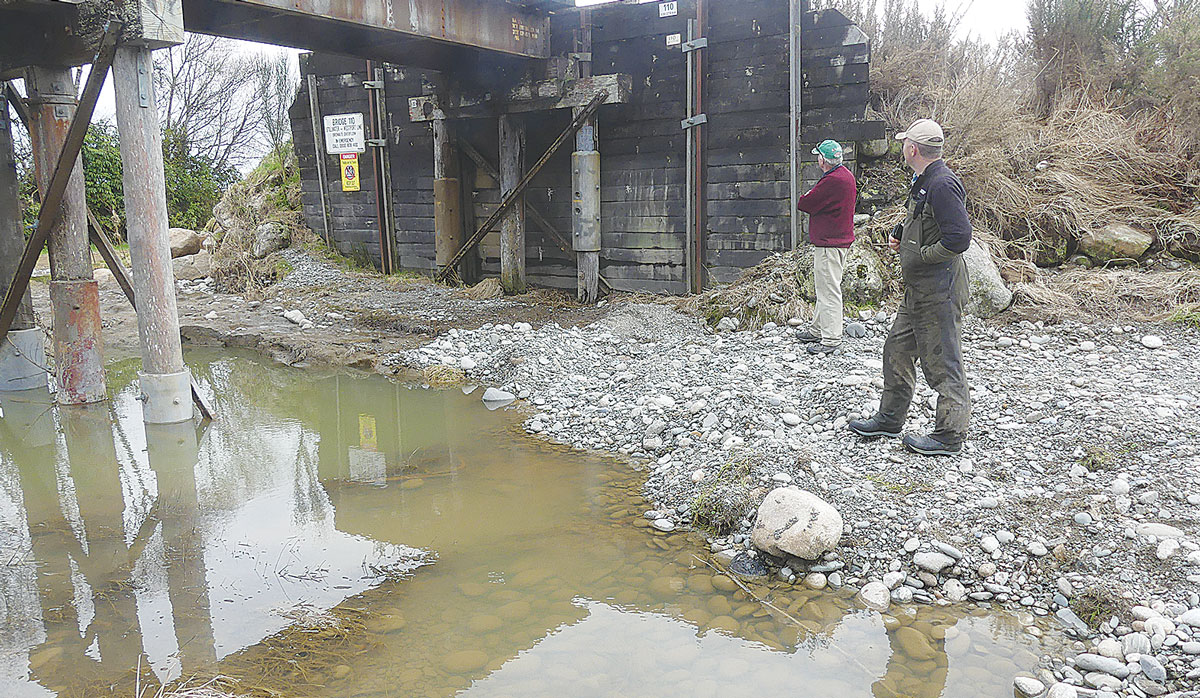Wairoa flood review findings released
A review into the Wairoa flooding event on 26 June 2024 has found the flood was caused by a combination of factors leading to the river backing up and overflowing.
Talk to Westport folk about the big flood of mid-July and all agree it was worse than the historic flood of 1926.
“We’ve always heard the stories of the hundred- year flood in 1926. It’s always in the back of your mind,” said dairy farmer John Reedy.
“And I wouldn’t say we weren’t prepared for it, but it was bigger than we thought it would be. Way bigger than we thought it would be.”
The Reedy farm is one of several mostly dairy farms bordering the Buller River just downstream of the Lower Buller Gorge. When the river rose to unprecedented level from extremely heavy rain across the northern South Island in mid-July, many of them suffered widespread flood damage.
Hpwever, stock losses appear to be minimal apart from one farm, 40km upstream at the top of the gorge, which is believed to have lost almost an entire herd after they were caught by rapidly rising water with no route to escape.
Reedy, whose farm is on the north side of the river between the bottom of the gorge and the town of Westport, said it was both good warnings but also a little good luck which saw him weather the storm with no losses among his herd of nearly 300 cows.
He said some of last season’s calves were moved out to a runoff block a couple of days before the flood, simply because they’d run out of grass.
 |
|---|
|
Despite a lot of help cleaning up from neighbours, debris still clogs many fences on the Reedy farm, bordering the Buller River just out of Westport. |
Also, the flood peak came in daylight on the Saturday so they were able to see that the high ground they would normally put the cows on to keep them safe from floodwater wouldn’t be enough this time.
Instead, Reedy gave the herd a feed on the road outside the farm then put them in the cowshed yard. There, they had to stand in water for about six or seven hours, but he was able to quickly get them back on grass when the water receded.
"It goes away quick here."
The main damage to the farm was to fencing, some washed-out races and silted pasture.
“I’ve got good friends, and three or four good farming friends rocked up and helped rebuild the fences here.”
They lost no machinery apart from four water pumps, and are now calving and milking, although Reedy expects to have lost a little production.
If the flood had come after calving had begun it would have been much harder, he says.
“I couldn’t see us not losing stock because we would have had the mobs split into calving mobs and it would have been a lot harder to manage, so we’re pretty lucky in that respect.”
He has already moved to remediate pasture damage, with urea spread by helicopter across the whole farm, and grass seed on the worst silted areas.
“It will come away when the conditions are right. We’ve had good, warm weather since,” said Reedy.
His father, John Reedy snr, who lives in retirement on a small block at the town end of the farm, said there was “heaps” of warning, with a Code Red advisory for two days prior.
On the Friday he watched the water rise all day then went to bed thinking he’s seen the worst of it.
“Got up five o’clock Saturday morning, stuck my head out the door, and thought ‘what the hell’s that?’
“We could hear the river roaring its guts out.”
Red-Stickered House
 |
|---|
|
The Reedys on a washed-out flood channel under the railway line which cuts though their land. |
Elsewhere on the property, John Reedy Junior’s house got about half a metre of water through it and it now stands unliveable and awaiting repair.
Whiteware, floor coverings, kitchen units and the lower sections of all the wallboards have all been stripped out and dumped.
Meanwhile, the town itself has suffered many flooded homes, now red- and yellow-stickered.
The authorities had responded to the 1926 flood by building stop banks and an overflow channel which crosses the Reedy property and was intended to take pressure of the town by carrying overflow from the Buller into the Orowaiti River and then to the Orowaiti lagoon on the north side of the town.
While the bypass appears to have worked as intended, scouring out the channel across the Reedy farm, the volume of water was such that the town was caught in a pincer with floodwater pouring in from both the Orowaiti lagoon and the Buller River.
Prime Minister Christopher Luxon says withdrawing from the Paris Agreement on climate change would be “a really dumb move”.
The University of Waikato has broken ground on its new medical school building.
Undoubtedly the doyen of rural culture, always with a wry smile, our favourite ginger ninja, Te Radar, in conjunction with his wife Ruth Spencer, has recently released an enchanting, yet educational read centred around rural New Zealand in one hundred objects.
Farmers are being urged to keep on top of measures to control Cysticerus ovis - or sheep measles - following a spike in infection rates.
For more than 50 years, Waireka Research Station at New Plymouth has been a hub for globally important trials of fungicides, insecticides and herbicides, carried out on 16ha of orderly flat plots hedged for protection against the strong winds that sweep in from New Zealand’s west coast.
There's a special sort of energy at the East Coast Farming Expo, especially when it comes to youth.
OPINION: Dipping global dairy prices have already resulted in Irish farmers facing a price cut from processors.
OPINION: Are the heydays of soaring global demand for butter over?